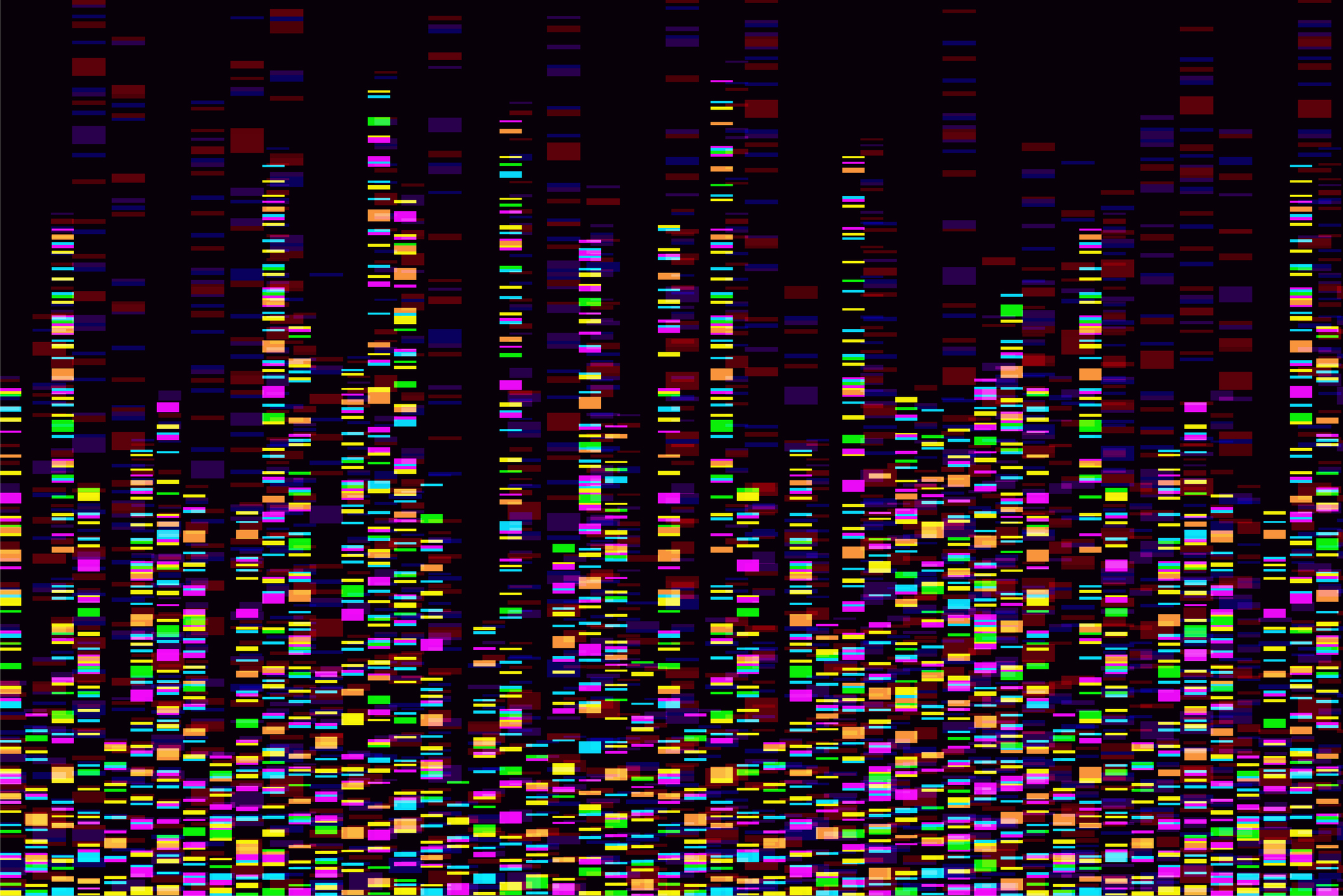The article explores the remarkable decline in the cost of human genome sequencing since the completion of the Human Genome Project in 2003. It compares the rate of innovation in DNA sequencing to Moore’s law and argues that it may be the fastest learning curve in history.
The Human Genome Project was an international effort to map the entire three-billion-letter human genome. The project launched in 1990 and concluded its work in 2003 – 50 years after James Watson and Francis Crick discovered the double-helix structure of DNA. The U.S. government contributed $3.8 billion toward the project, though the cost of the actual sequencing was lower.
Dr. Eric Green, the director of the National Human Genome Research Institute, recalled that “the first genome cost us about a billion dollars … Now when we sequence a person’s genome, it’s less than $1000, so that’s a million-fold reduction.”
Note that blue-collar worker hourly compensation (wages and benefits) rate increased by 51 percent between 2003 and 2020 (i.e., from $21.54 to $32.54). Consequently, it would have cost that worker 46,425,255 hours of work to earn enough money to buy his or her DNA sequence in 2003, but only 30.73 hours of work to do so in 2020.
The time price of DNA sequencing, in other words, dropped by 99.99993 percent. For the same hours of work required to earn the money to buy one DNA sequence in 2003, a blue-collar worker can get over 1.5 million sequences today. That amounts to over a 150 million percent increase in DNA sequencing abundance.
Now a group of Chinese entrepreneurs at the BGI hope to get the price down to $100 using a robotic arm and a roomful of chemical baths and imaging machines. Rade Drmanac, chief scientific officer of Complete Genomics, a division of BGI, noted that at $100, genetic sequencing could soon be common for every child at birth.
The National Human Genome Research Institute tracks costs associated with DNA sequencing and produced the chart below. Note the logarithmic scale on the vertical (i.e., Y) axis:

Exponential innovation occasionally experiences a double exponent or punctuation as it did in January of 2008 when DNA sequencing transitioned from the Sanger method (i.e., dideoxy chain termination sequencing) to “second generation” or “next-generation” DNA sequencing technologies.
A fall in the cost of DNA sequencing from $1,000,000,000 to $100 over 20 years would imply a compound rate of decline of 6.5 percent a month. (Adjusting for the time price puts the compound rate of decline at 7.13 percent per month.) Moore’s law indicates that prices of computing decline at 2.85 percent a month. So, the cost of DNA sequencing per genome may amount to the fastest price decline in history.
Long live learning curves. The knowledge they create is our true wealth.


